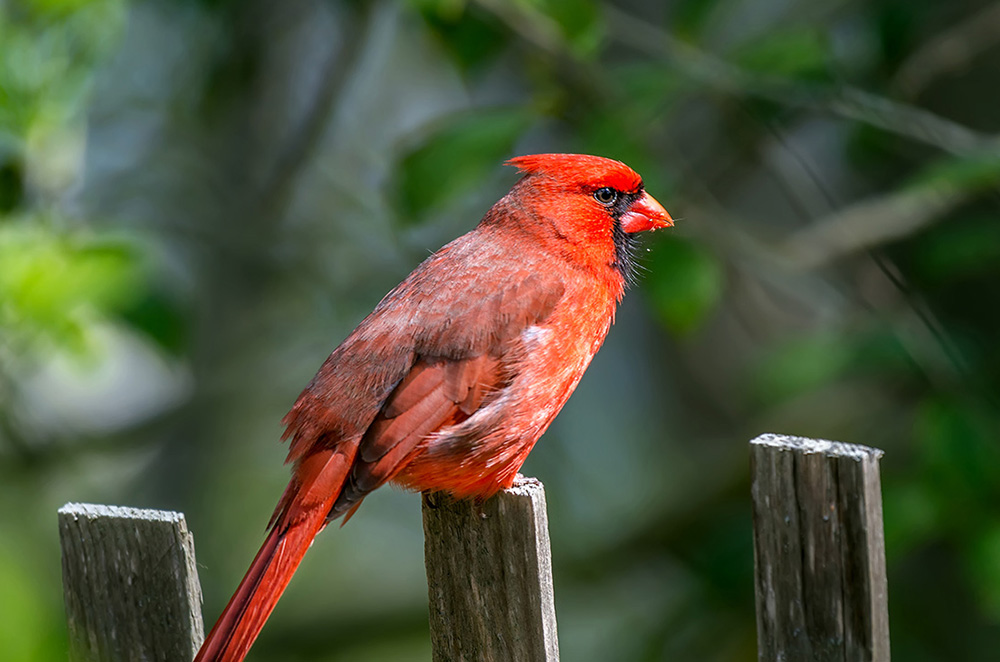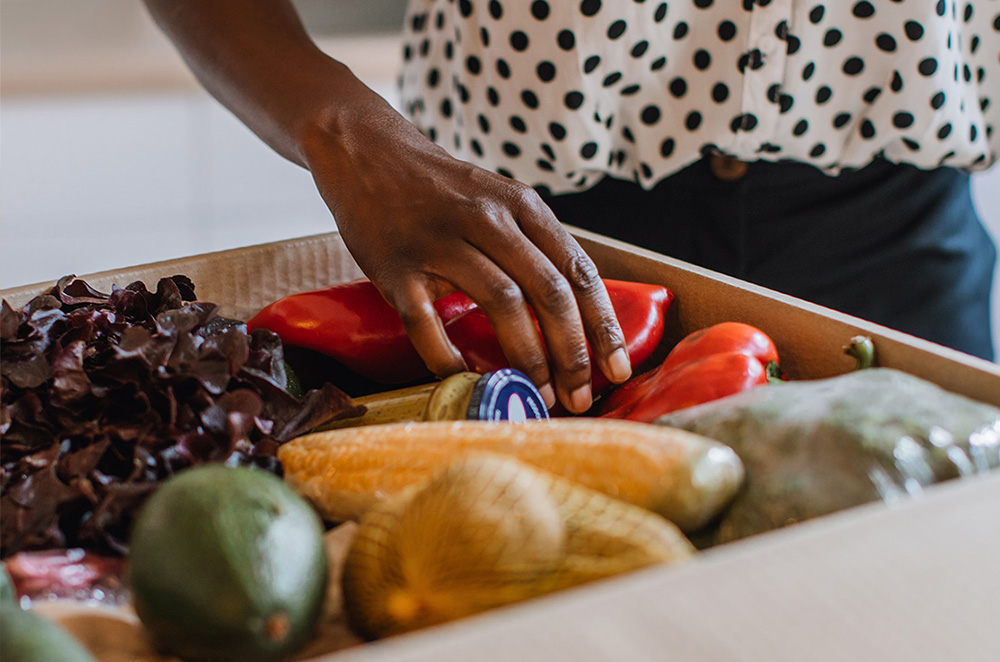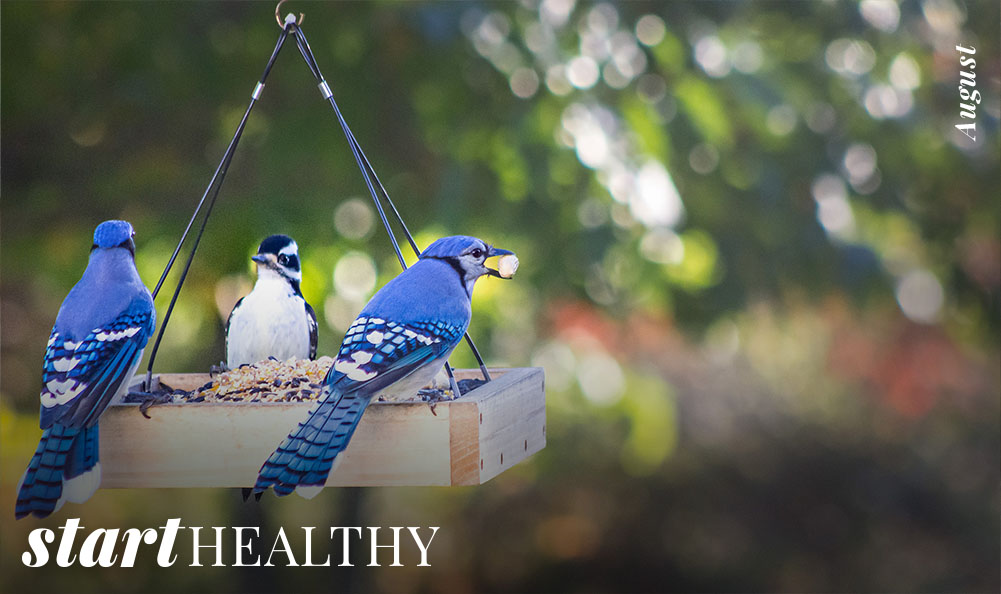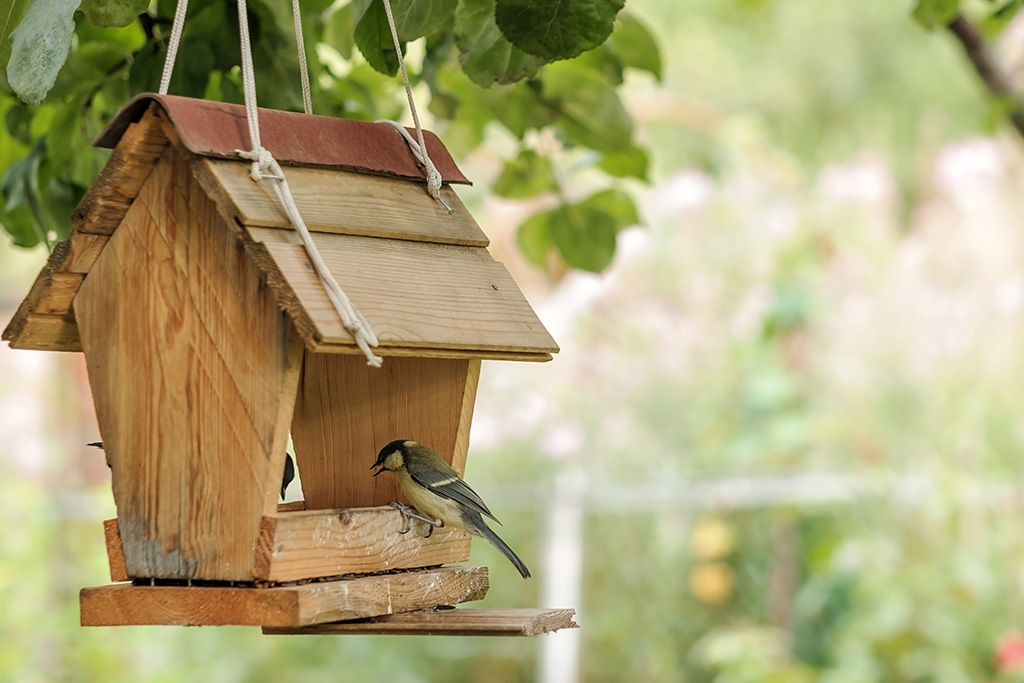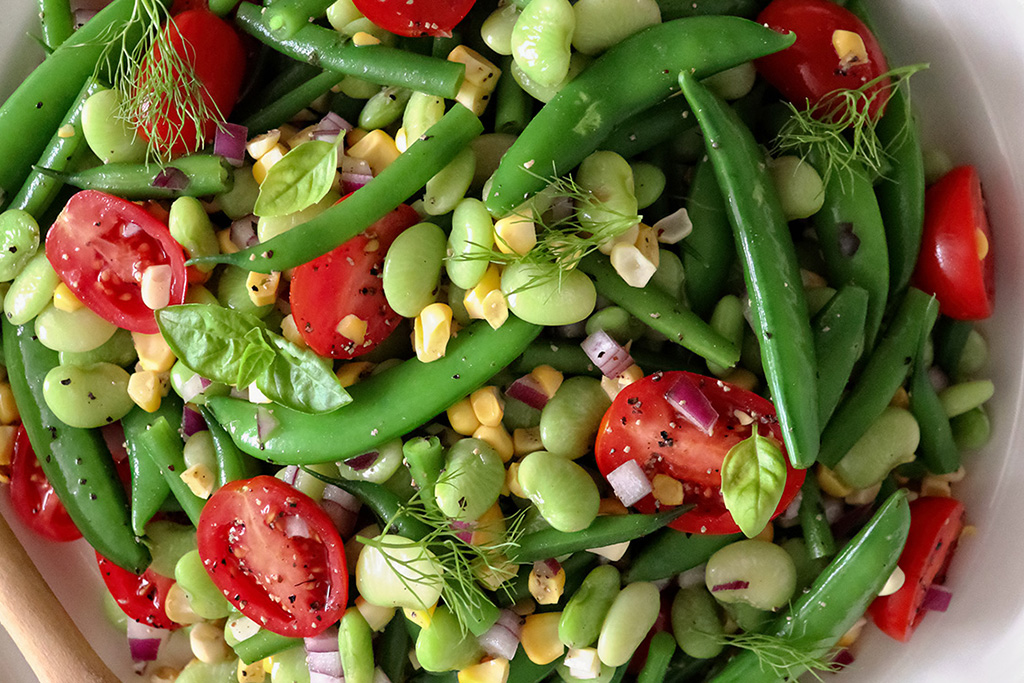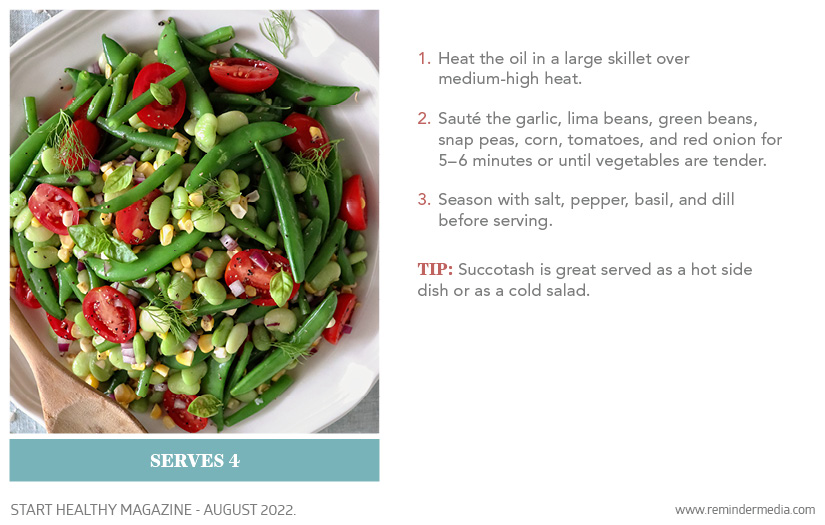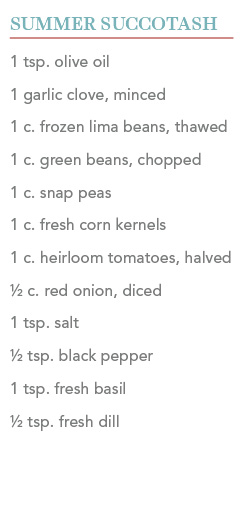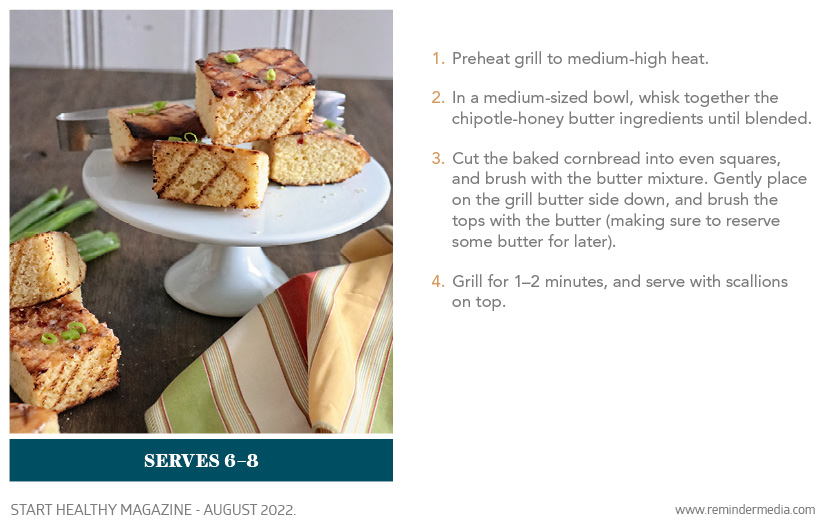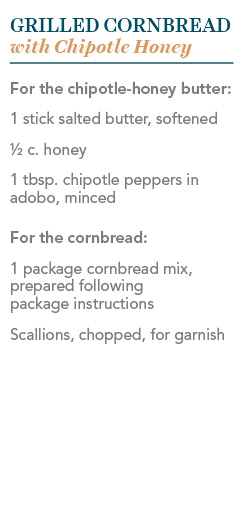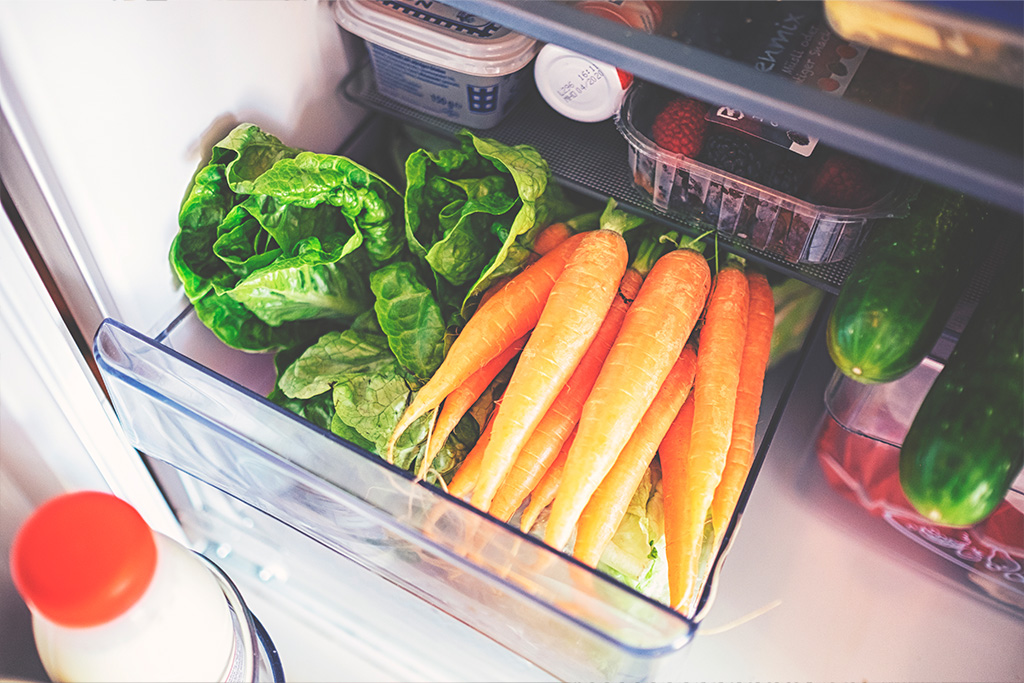Array
(
[0] => Array
(
[item_type] => phone
[content] => Array
(
[label] => Direct
[number] => 7027271969
[extension] =>
)
)
[1] => Array
(
[item_type] => email
[content] => Array
(
[label] => Email
[email_address] => info@carothersins.com
)
)
[2] => Array
(
[item_type] => website
[content] => Array
(
[label] =>
[value] => https://www.carothersinsurance.com/
)
)
)
?>
No matter your age, financial competency is an important skill to have. The most important part of feeling confident in your finances is your ability to budget—and that’s not always an easy task. Here are a few helpful budgeting strategies for every stage in life, which can help you save and spend your money in a way that suits both your lifestyle and financial goals.
Teens (13-17)

Since money management isn’t always taught in school, it’s up to teens and their parents to discuss best money practices. The habits teens form now will stick with them into early adulthood, so use this time fruitfully in the following ways:
Track expenses
As an introduction to money, encourage your teen to keep an expense log. It can be as simple as a notebook with the item purchased, the date, how much was spent, and how it was paid for.
Open a bank account
It’s important for teens to start saving, so consider opening a joint account with your child. Introduce them to the basics of a savings account and how that money can be saved for a special item, emergencies, or an event down the road, such as college. Have them agree to a reasonable amount to put in their savings every week, month, or however often is feasible. You can also teach them that they can make their everyday purchases using a checking account. However,
Teach needs versus wants
Kids tend to say they need something that they just want, and it’s understandable because they’ve likely never had bills to pay. The distinction between the two will be important for budgeting. Have them think about what they need on a regular basis. Making regular payments for things like gas can help them understand what it means to take on more responsibility for their spending habits.
At the same time, they should know that spending money on wants, in moderation, is OK too. An easy way to do this for a teen is to have them put aside cash in a wallet and call it a “fun fund.” They can use the cash however they want for social activities, technology, hobbies, etc. However, resist the urge to monitor it. When the money is gone, they’ll learn that they should have used it more sparingly. Making small financial mistakes in an opportunity for teens to learn.
Young adults (18–29)

Moving up in the world! The beginning of adulthood can be an uneasy time financially. Life events like college, starting a career, buying a home, marriage, and having children can all put stress on a budget. With the basics settled, this is the age group that needs guidance on budgeting for the future.
Start investing
Dipping your toes into the world of investing can be intimidating. Apps like Robinhood make the process easy. Talk to a financial advisor, who can recommend easy ways to invest and diversify your portfolio in areas such as a 401(k) or an IRA. Investing as early as possible can help you have more money in the future for large expenses.
Save a third of your income
Having a salary or higher hourly wage can be exciting until you realize that taxes, bills, and savings chip into your check quite a bit. It’s a tough pill to swallow, but everyone goes through it—you’re not alone.
As a rule of thumb, put aside one dollar for every three dollars you earn so you can build a cushion for big purchases, such as a home and car payments. A good start would be to determine needs versus wants. For example, you can limit buying coffee out, unnecessary travel, and shopping and find ways to have fun that don’t involve spending money. Go for a hike, make new recipes with friends, or take up an inexpensive or free hobby like yoga, free online video games, or reading.
Shop for rates
When it’s time for you to buy a home, pick an apartment, buy a car, or do anything else that involves a loan, shop around for the best rates. High interest rates can hurt your budget and credit score tremendously, so it’s important to be patient and weigh your options before signing any loan agreement.
Adults (30–64)

Adults who are in their thirties to sixties tend to be more financially secure. Your comfort level with money is better than that of a young adult, but you still need to be on top of your budget and investments.
Ask before you buy
It can be easy to think that since you have the money or credit limit for something, you should go for it. Instead, consult your spouse, family, or friends first. Ask them if they think it’s a reasonable purchase; they also might be able to help you find something just as great for less money.
Keep your spending under control
Having more income for everyday items like groceries doesn’t mean you need to spend more. Put restrictions in place for yourself, such as bringing only a certain amount of cash to the grocery store, so you only buy what you need.
Think about retirement
should be a priority in adulthood. Think about ways to invest and beef up your 401(k) or IRA, but don’t solely rely on these accounts. If possible, put 10 to 15 percent of your pretax income into your savings account, and increase this by a reasonable 1 to 2 percent each year.
Seniors (65+)

When you’ve made it to retirement age, it’s not the time to ease up on the good financial habits you’ve built over the years. There are decisions you’ll need to make to ensure your savings last.
Lower your expectations
The quintessential view of retirement is living on the beach, but don’t expect that. It’s not reasonable for most people to spend their retirement in a luxurious location. You should plan for fun, but keep it at a reasonable level. A great way to boost your cash flow so you can go on a more extravagant trip is to sell items you don’t need and downsize your home.
Check your money often
Don’t fall into the trap of feeling like you have endless funds. Be sure to check your accounts often, and have a discussion with your spouse, or whoever else has access to the account, about spending limits. Check with your bank to see if it offers spending alerts or other restrictions you can put in place as a gentle reminder to yourself.
Take advantage of discounts and government benefits
You might not feel like it, but you now qualify for senior discounts and government programs. This is something to be proud of, so take advantage of them! Discounts on dining, trips, and Medicare healthcare programs are crucial to help you cut back on monthly expenses (and some, such as those through AARP, can be used starting at age fifty).
Budgeting is a lifelong journey, so be patient with yourself and your money.
